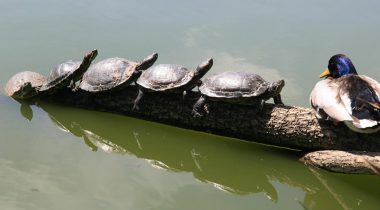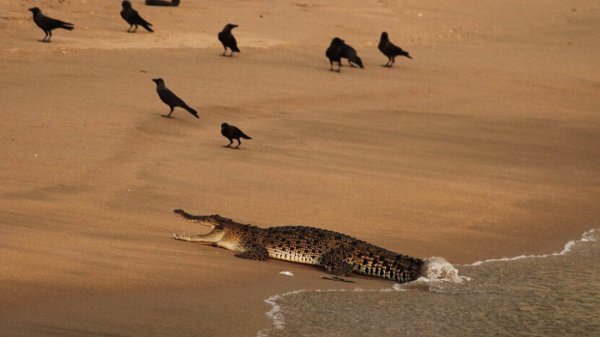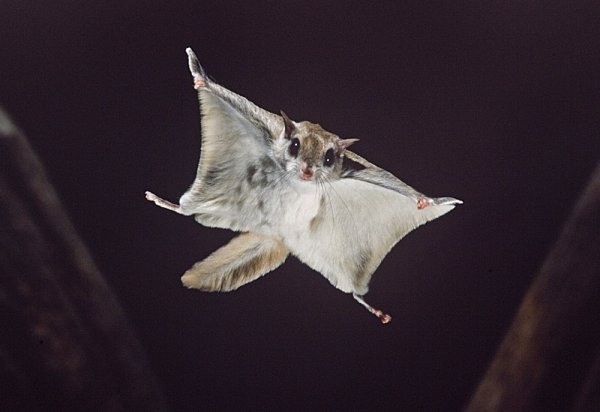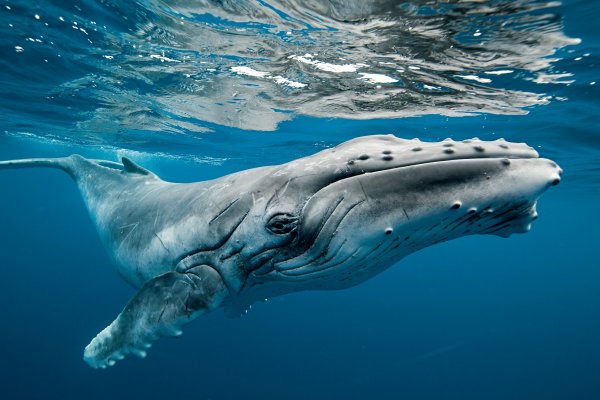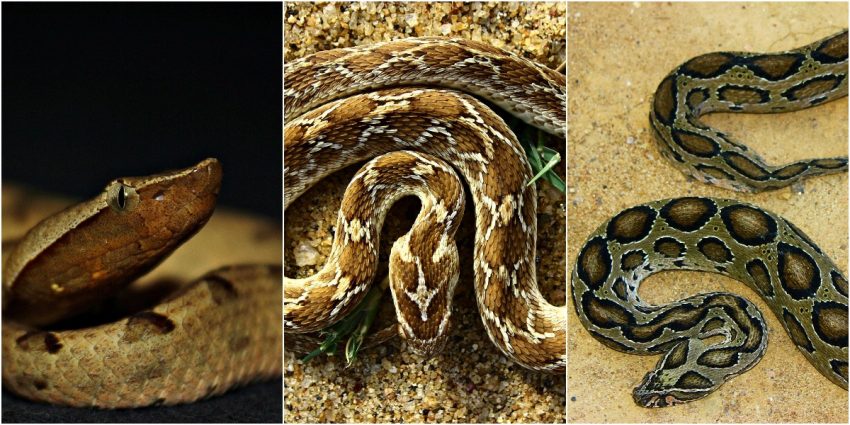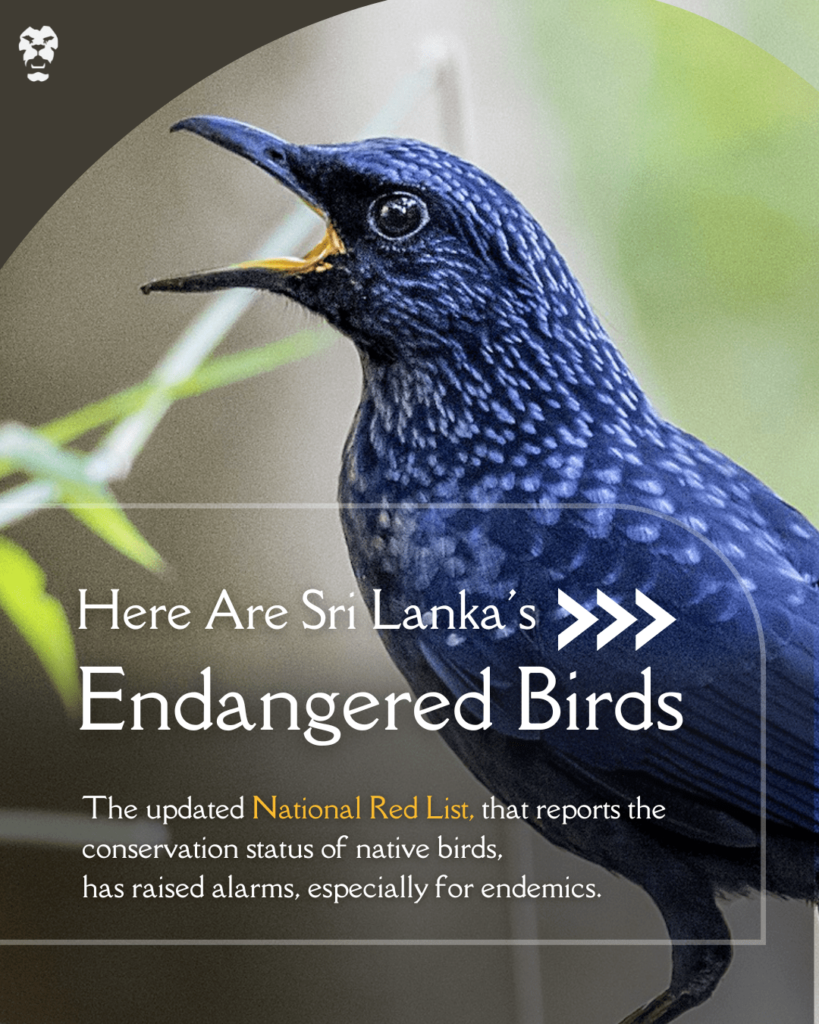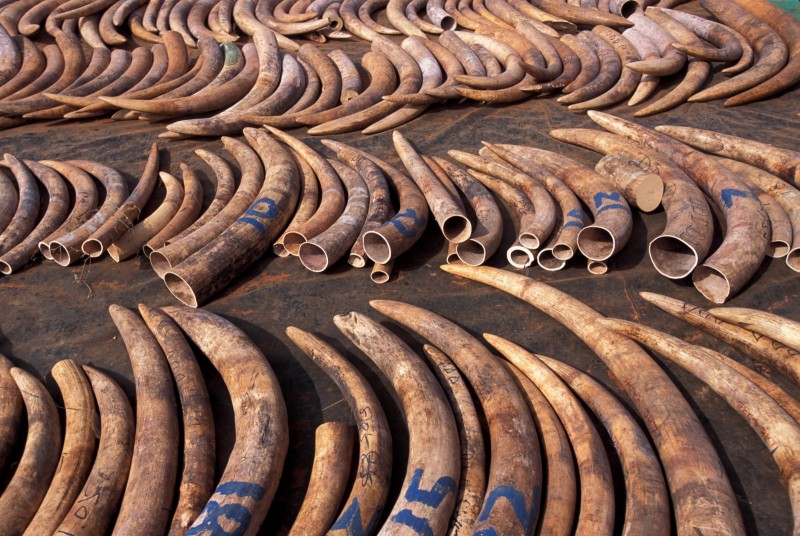
On January 26, the Ministry of Sustainable Development and Wildlife destroyed 359 elephant tusks, at a ceremony of sorts held at Galle Face. The ivory, which was seized by the Sri Lanka Customs in 2012, had been en route to Dubai at the time.
This was a gesture towards discouraging global trade in ivory, which has led to many species, including elephants, to become endangered.
According to this article, 35,000 African Elephants are killed annually to feed this illegal trade, while in the past decade alone, 75% of African forest elephants were slaughtered. Environmentalists have voiced concerns that at this rate, elephants could face extinction by 2025.
Although the figures for Sri Lankan elephants faced with death due to ivory poaching are unavailable, our local elephant population is not without its own problems. For a long time now, there have been calls to discourage harm to elephants, both in terms of ivory trade, and as well as concerning their general well being. Where this matter is concerned, however, it will take more than just burning ivory to make a tangible impact: Sri Lanka needs to take stronger steps to protect its own elephant population to set an example the rest of the world can follow.

On Tuesday, Sri Lanka became the 16th country in the world (and the first in South Asia) to destroy its stock of ‘blood ivory’.
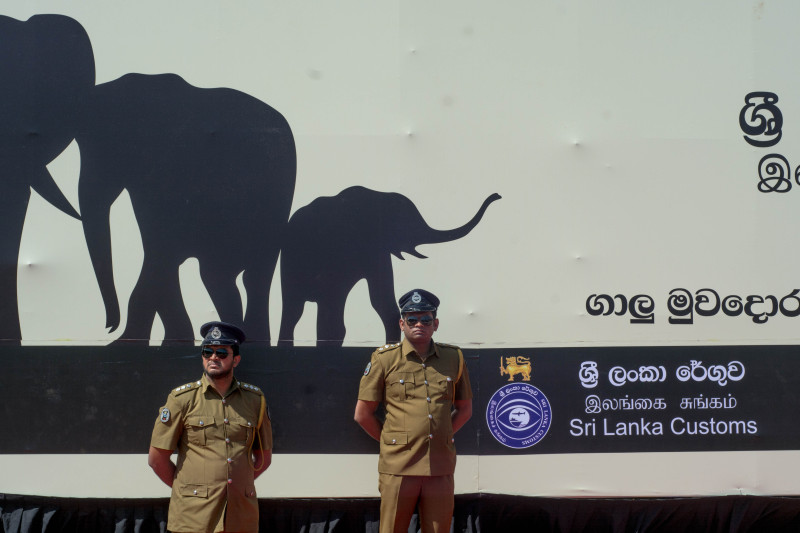
Policemen stand by guarding the tusks which were on display at Galle Face shortly before being destroyed.
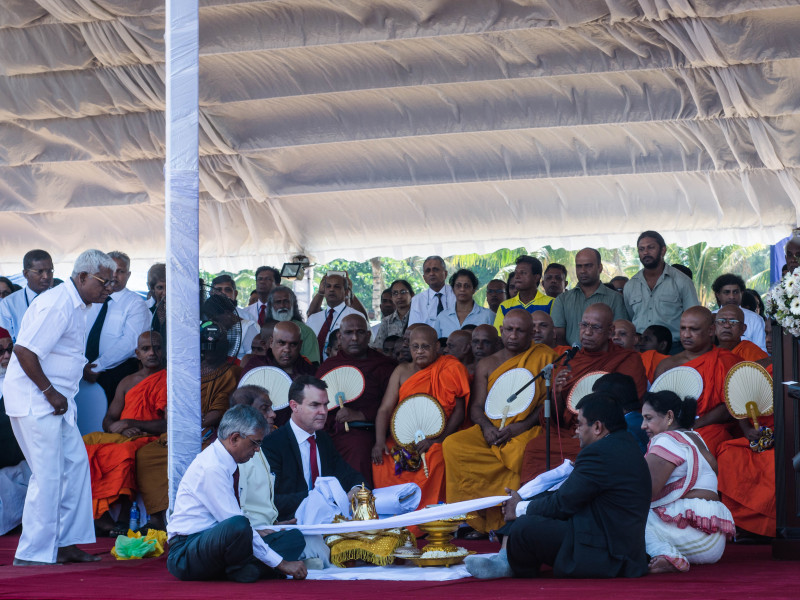
Minister of Sustainable Development and Wildlife, Gamini Jayawickrama Perera, Minister of Finance, Ravi Karunanayake, and Secretary-General for the Convention on International Trade in Endangered Species (CITES), John Scanlon, are seen observing a Buddhist religious ceremony. Clergymen representing all religions were present, and each recited a prayer in memory of the butchered elephants.
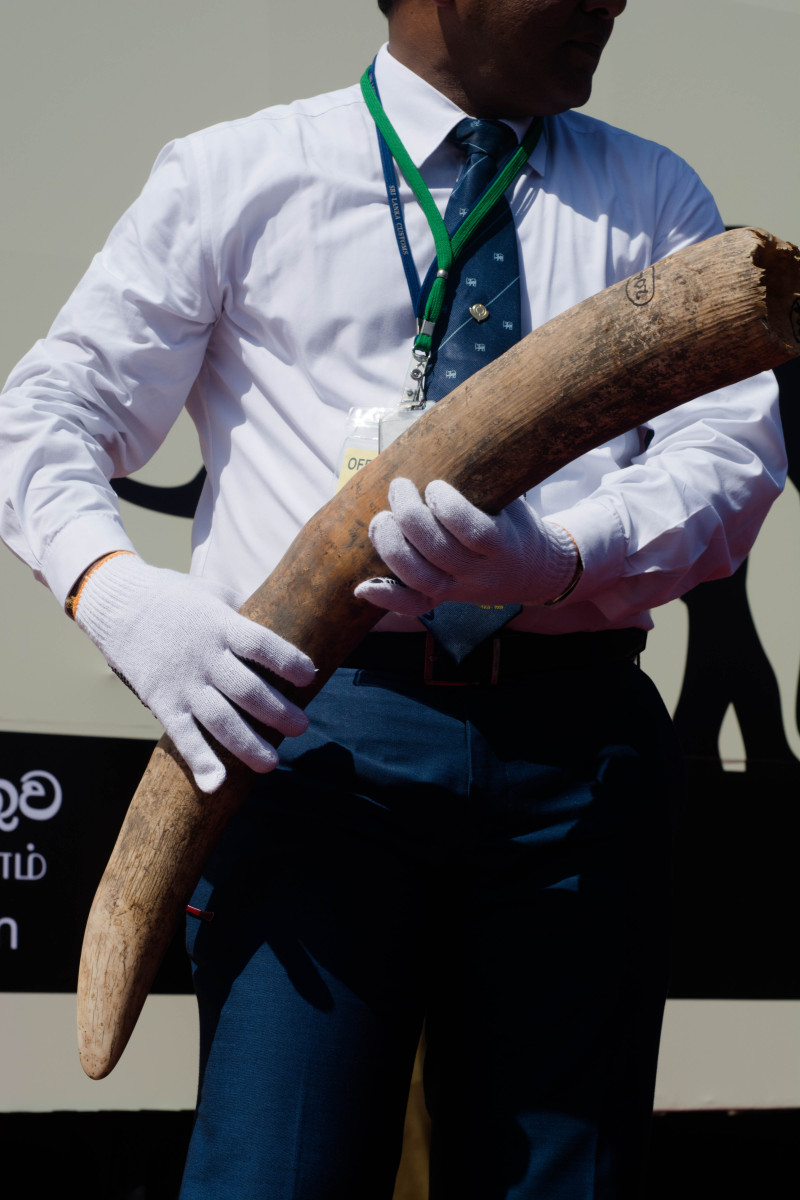
A Customs officer with one of the many African Elephant tusks. The ivory stock was seized at the Colombo port by Sri Lanka Customs in May 2012, while en route to Dubai. The tusks were believed to have come from Tanzania.
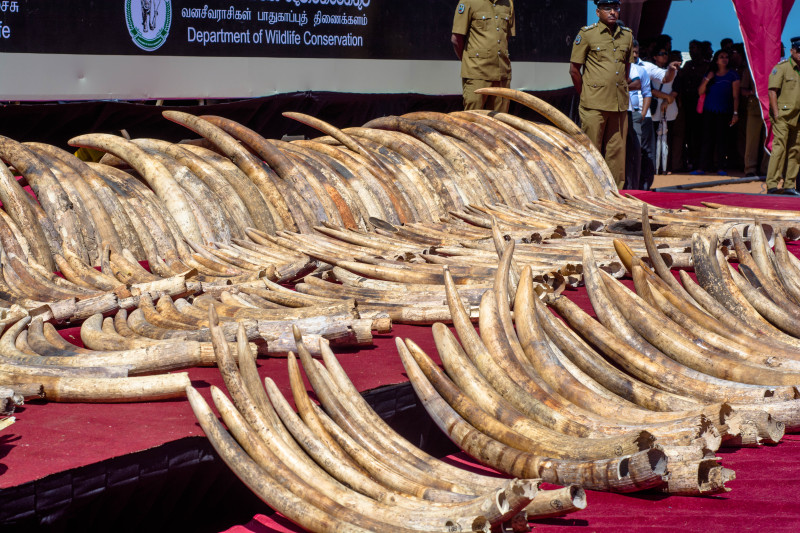
Sri Lanka’s stock of 359 confiscated elephant tusks is believed to have been worth $2.7 million on the black market.
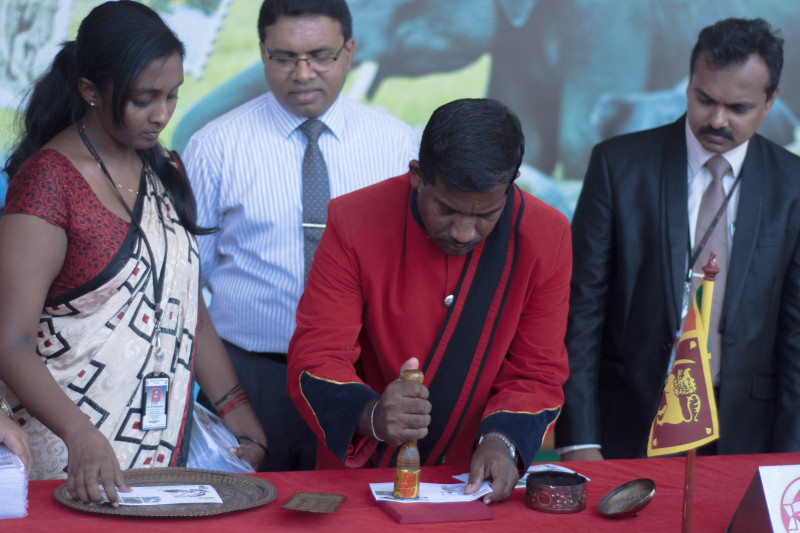
The event also witnessed the launch of the “Top Seven Wild Sri Lanka” series of stamps. Seen here is the issuing of the first day issue of stamps to commemorate the ceremony.
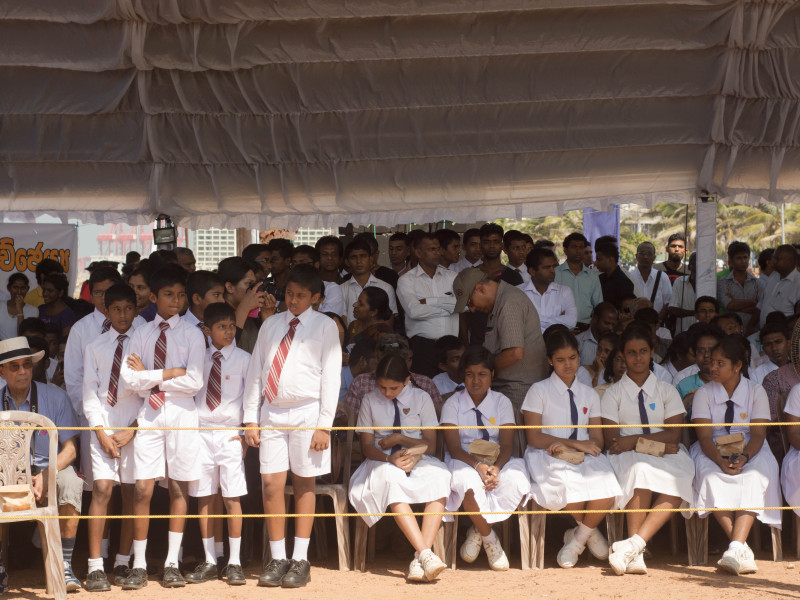
Children from a local school were present to witness the event and also to collect the first day issue of stamps by the Department of Posts.
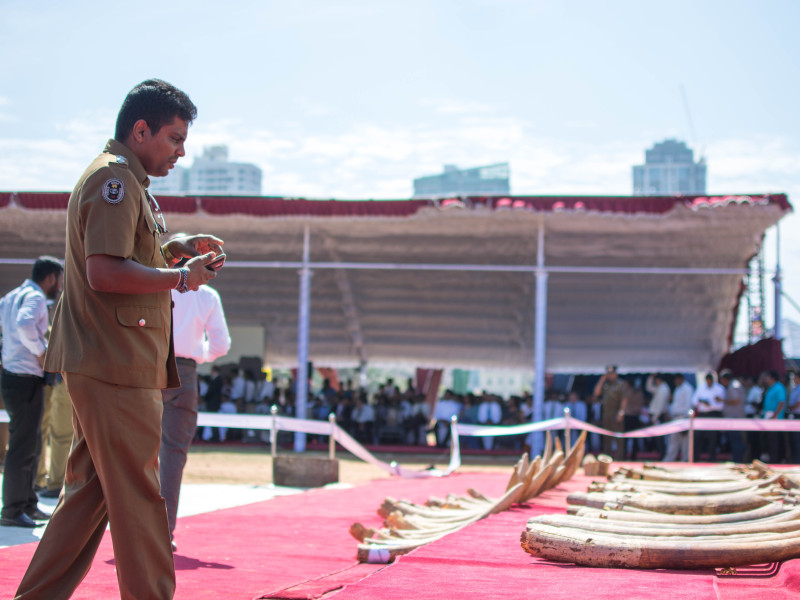
A police officer takes a quick photograph of the tusks.
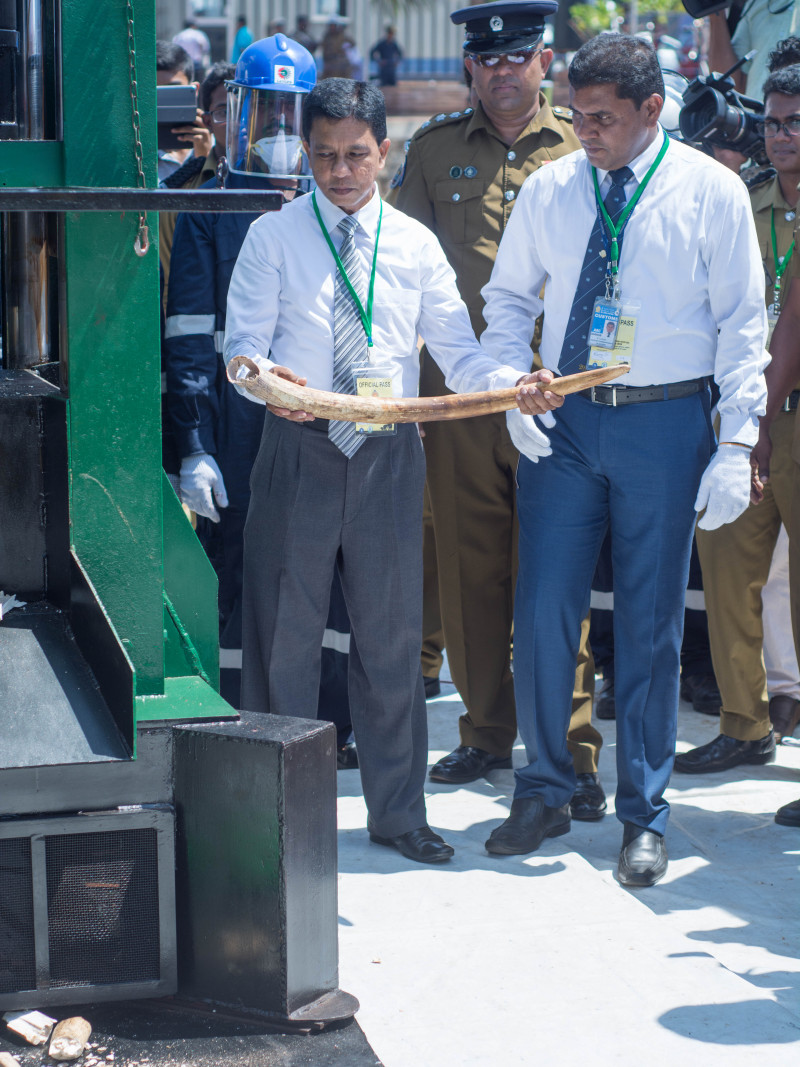
The first tusk to be crushed was actually poached in Sri lanka, and had been confiscated from poachers by the Department of Wildlife Conservation.
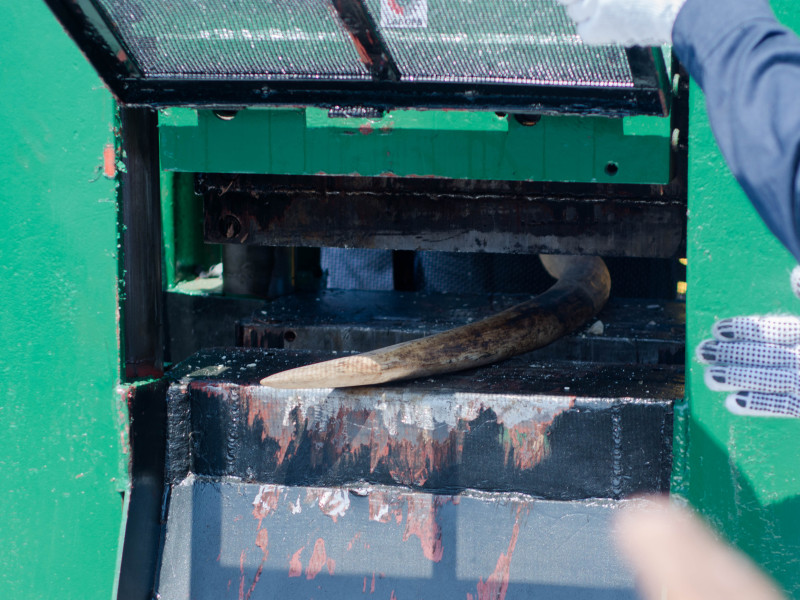
The crushed tusks were later transported to the Holcim Cement Factory in the North to be incinerated.


